The more I dive into it, the deeper it gets!
Exploring the Rich History of Calligraphy: A Treasure Trove of 17th-18th Century Lettering Manuals
As I continue my journey into the art of calligraphy, I am constantly amazed by the sheer variety of styles available through online resources. From modern brush lettering to classical copperplate, the wealth of tutorials, videos, and guides has provided invaluable learning experiences. However, this week, I stumbled upon something truly special—an online archive containing an extensive collection of 17th and 18th-century calligraphic books.
The website Typographica offers access to a digital bookshelf filled with historical lettering manuals. These books, written by master penmen of the past, provide a fascinating look at the development of calligraphic styles, techniques, and theories that have influenced modern calligraphy.
Here is just four of these manuals from the 17th and 18th centuries:
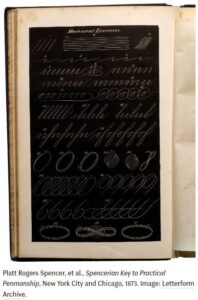
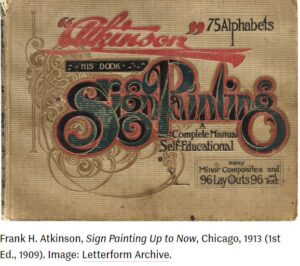
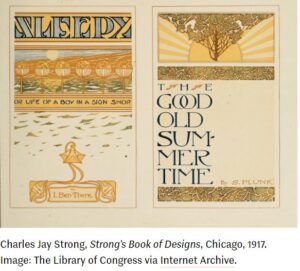
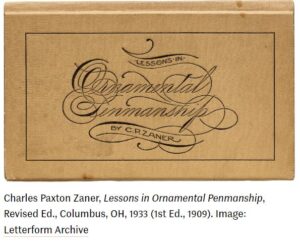
A Window Into the Past
Unlike contemporary resources that focus on modern scripts and personal flair, these historical books showcase the precision and discipline of traditional calligraphy. Some key highlights include:
- Copperplate and Spencerian Origins – Many of these manuals feature the early foundations of elegant script writing, complete with meticulous drills and letterform breakdowns. A fantastic book that I am working on is Platt Rogers Spencer, et al., Spencerian Key to Practical Penmanship, New York City and Chicago, 1873.
- Ornamental Flourishing – Calligraphers of the 17th and 18th centuries were true masters of flourishes, often incorporating elaborate designs into their work.
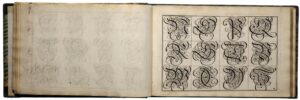
- Techniques for Quill and Ink – Unlike today’s broad range of pen choices, historical calligraphy relied heavily on quills and metal nibs, requiring distinct techniques that can still be applied today.

Inspiration for Modern Practice
Studying these historical resources has given me a deeper appreciation for the roots of calligraphy. The discipline and structure emphasized in these manuals contrast with the more fluid and expressive styles often promoted in modern tutorials. I’ve also discovered several letterforms and decorative elements that I’d love to incorporate into my own practice.
Where to Start?
If you’re interested in diving into historical calligraphy, I highly recommend exploring Typographica’s archive. Here are a few great places to start:
- “Spencerian Key to Practical Penmanship” by Spencer, Platt Rogers – A must-read for anyone interested in 17th-century English calligraphy.
- “Lessons in Ornamental Penmanship” by Charles Paxton Zaner – At the Zanerian College, founded in 1888, business clerks learned the elegant Zaner-Bloser Script and the role of muscle movement in good penmanship. This later manual includes exercises to practice the “hinge action of the forearm” for creating round and straight strokes
- “The Writing Master” by John Jenkins – A practical guide filled with detailed letterform illustrations.
Final Thoughts
The beauty of calligraphy is that it bridges the past and the present. While online resources have been instrumental in my learning, delving into historical lettering manuals has expanded my perspective in unexpected ways. Whether you’re a beginner or a seasoned calligrapher, exploring these historical books can provide valuable insights and a newfound appreciation for the craftsmanship of early penmen.
Have you explored historical calligraphy resources? I’d love to hear your thoughts in the comments!
Calligraphy looks so pretty! You tempt me every time I see your blogs to go and buy a set! I love all the information you provide in your posts through your sources!
I think that it is great that you pull on the historic past of calligraphy to strengthen your learning!
Your deep dive into historical calligraphy is fascinating! It’s incredible how much these old manuals can still teach us today. I think it is really cool that you are digging into the past to strengthen your learning (like Kira said)!!